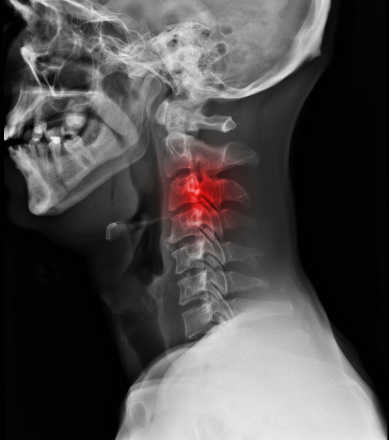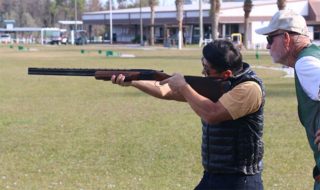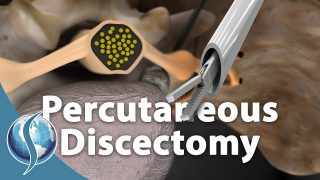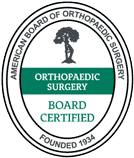Spinal Cord Injuries
Unfortunately, as a spine surgeon, I have had to deal with spinal cord injuries. Fortunately, it remains a rare occurrence. But, the consequences can be devastating.
The least catastrophic of spinal cord injuries is the spinal cord contusion. In the simpliest term, it is a bruising of the spinal cord, with associated inflammation, and irritation of the blood vessels supplying the spinal cord. As long as the blood flow is maintained, there is a temporary component of the associated muscle weakness, sensation loss, and pain. As long as the integrity of the cord is maintained, there is potential for almost full recovery of the spinal functions over time. Still, in the early stages of a spinal cord contusion, it may not be clear whether it is a temporary situation or a permanent cord injury. For the treating physicians, protocols usually are initiated to decrease inflammation, maintain alignment, and identify the cause. The causes are typically traumatic, but underlying issues such as infection, neoplasm or vascular malfunction need to be ruled out.
The most devastating spinal cord injuries involve a complete mechanical spinal cord transection. Trauma is almost always the cause. Unfortunately, recovery of spinal cord function distal to the transection is no possible. The goal for treatment is to preserve functions of the nerves proximal to the transection. As above, the goals include decreasing inflammation, maintaining alignment and stability of the traumatically injuried structures, and supporting the vasculature of the spinal cord and roots. That usually means a combination of medical management, steroid use, and surgical stabilization. While there are established spinal cord injury protocols, each of the protocols must be weighed in consideration for the many other competing medical conditions that exist in many patients that have spinal cord transactions. Unfortunately, there are often other life threatening injuries also associated with spinal cord transection, and the trauma team must prioritize, based on the condition of the patient at the time of the evaluation. Sometimes, only temporary “damage control” measures make sense in situations of extreme injuries and medical conditions. Fortunately, complete spinal cord injuries are still rare.
There are spinal cord syndromes that are considered incomplete spinal cord injuries.
Central Cord Syndrome is often associated with older patients that already have central spinal stenosis of the cervical spine. With a traumatic force (usually hyperextension) applied to the spinal cord, these patients will present with weakness to the arms and sensory changes to the hands, with preservation of function to the lower legs. It is called a central cord syndrome as it is associated with damage to the central areas of the spinal cord, with associated vascular compromise and infarction of the central cord. The central cord usually is associated with nerve fibers oriented towards the arms, thus the arm weakness.
Anterior Cord Syndrome is associated with a flexion type injury to the neck, which causes a kinking of the spinal cord in the front as well as disruption of the anterior spinal blood supply. The front, or the anterior part of the spinal cord is associated with muscle strength, pain, and temperature sensation. In the Anterior Cord Syndrome, you loose control of your muscles, but do not feel pain to touch below the spinal cord injury. You also cannot differentiate temperature. Interestingly, because of the posterior (back) location of the nerves for the feeling of touch, vibration and proprioception ( knowing where your body part is located in relationship to the body), you will still have preservation of those functions.
Brown-Sequard Cord Syndrome is associated with a partial spinal cord transection from the side of the spine. In this syndrome, below the injury, on the side of the injury, you lose muscle function, pain, and tempurature sensation. But, because of the way the spinal cord is “wired”, you will still have the feeling of touch, vibration and proprioception on the opposite side of the injury.
Posterior Cord Syndrome is extremely rare, but as you can guess from the above discussions, you will loose the feeling of touch, vibration and proprioception, while preserving muscle function, as well as the sensations of pain and temperature.
The recovery from these partial spinal cord injury syndromes can be partial or full. That is why good spinal cord injury principles of decreasing inflammation, maintaining alignment and supporting vascular supply is very important. In the ideal circumstance, no one will ever have a spinal cord injury. But, if there is a spinal cord injury, hope that it is a contusion, and treat to optimize decreasing inflammation, maintaining alignment, and preserving vascular supply.
Last modified: January 5, 2018










